How a wedding designer’s creative direction begins with emotion — not aesthetics — to shape a celebration that feels like you.
The Shift From Looks to Feels
When I started planning my own celebration, one thing became clear: I didn’t want it to look like anyone else’s wedding. Of course, I wanted it to be stylish—every bride does—but more than that, I wanted it to feel like something.
That instinct was validated when we launched the Fox & Quinn Style Quiz. Nearly 90% of couples told us the same thing: the way their wedding feels is more important than the way it looks. If we’re being honest, our couples want both—the refinement of aesthetics paired with the intimacy of experience. And that is exactly where our wedding planning process begins: a bridge between looks and feels.
How Most Wedding Planning Design Starts
In our wedding planning process, we always emphasize that the emotional aspects are key to memorable celebrations.
In the wedding industry, the design process often starts with Pinterest boards that lead to moodboards. Couples collect images, then planners build collages to define a style. There’s nothing wrong with this—but it can leave weddings feeling derivative, or worse, like someone else’s story.
At Fox & Quinn, we of course invite couples to share their Pinterest inspiration. But that’s not where we start. Instead of beginning with visuals, we begin with a design brief: a framework that translates emotions into direction and gives every vendor a shared vocabulary for design.
This is how we approach full service wedding planning—not as a checklist, but as a creative process.
Step One: The Questionnaire
Every Fox & Quinn wedding begins with a questionnaire—not just a few surface-level prompts, but a deep dive into how you move through the world. We ask about the vibe you want your guests to feel, the soundtrack that would underscore your celebration, even the interiors, public figures, or brands that inspire you.
These questions are designed to uncover how you want your wedding to feel, not just how it should look. The answers give us raw material: not just “flowers and color palettes,” but emotions, atmospheres, and details that matter to you.
This is the foundation of how to plan a wedding design that feels personal, not prescribed.
Curious how we do it? Explore our Style Quiz and see for yourself how our questions go deeper than aesthetics—uncovering the emotions and experiences that will shape your celebration.
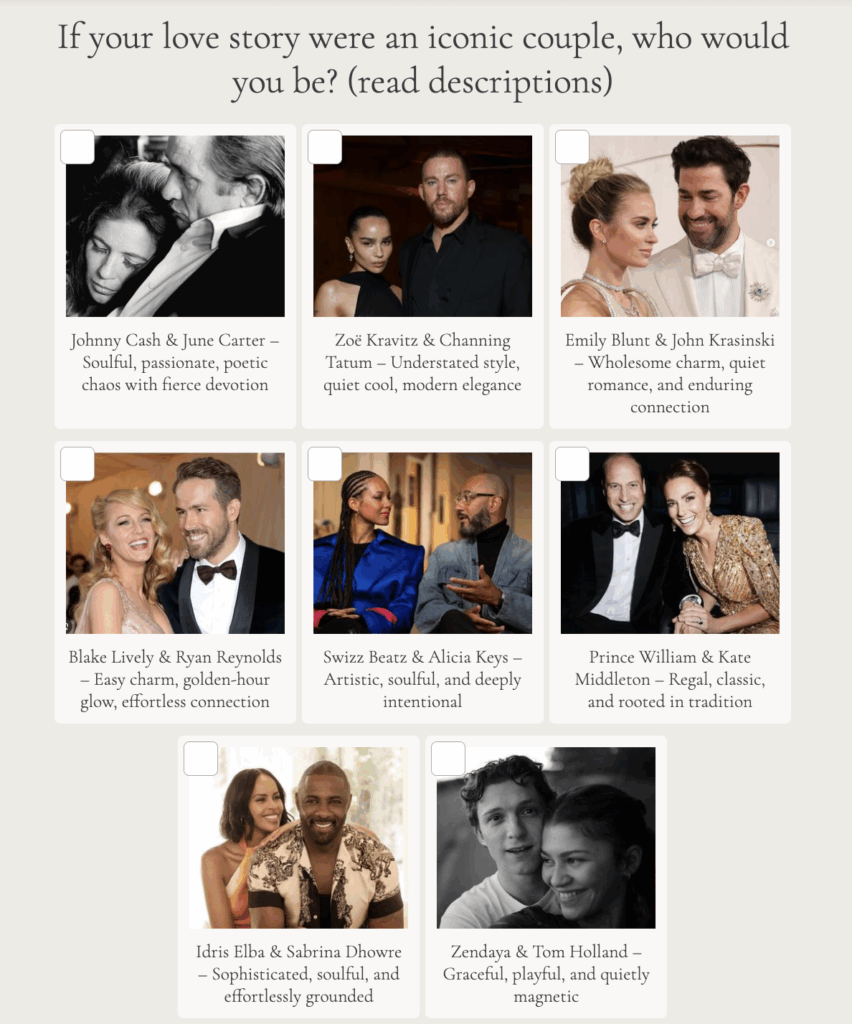
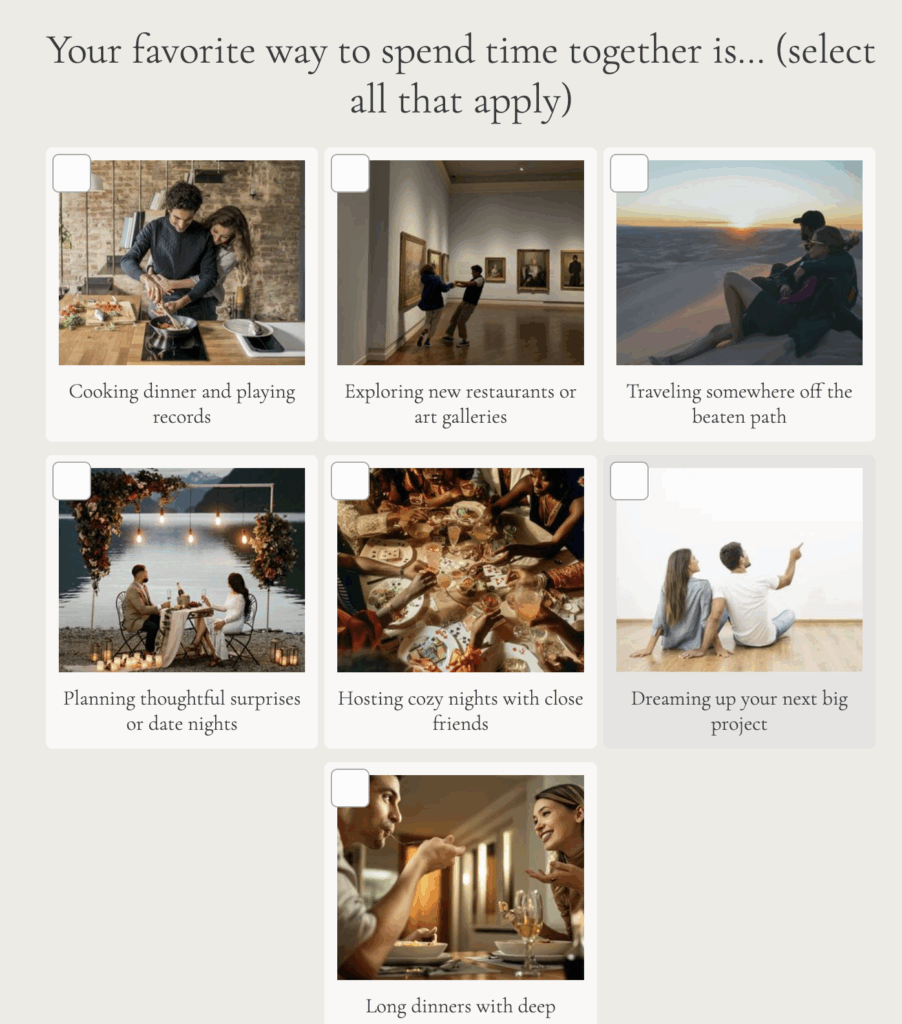
Design Briefs vs. Moodboards: What’s the Difference?
Here’s where our wedding planning process diverges from the traditional approach: most planners start with moodboards. We start with design briefs.
A moodboard answers: What does it look like?
It’s visual—colors, textures, imagery pulled together to create aesthetic cohesion.
Our wedding planning process ensures that each detail aligns with the story you want to tell.
A design brief answers: What does it feel like, and why?
It’s conceptual—the emotional underpinning that informs every aesthetic choice.
Think of it this way: the brief is the story; the moodboard is the illustration. You wouldn’t illustrate a book before writing it. The same principle applies to how we plan a wedding design.
In our wedding planning process, we focus on creating a seamless narrative throughout your event.
Without a brief, moodboards can become beautiful collections of disconnected ideas—pretty images that don’t necessarily speak to each other or to you. With a brief, every element on that moodboard has intention. The palette isn’t just beautiful; it reflects a mood. The textures aren’t just on-trend; they tell your story.
This is why Fox & Quinn couples often say their weddings felt cohesive in a way they couldn’t quite articulate. The brief created the throughline before a single image was pinned.
This is crucial in our wedding planning process as it ensures we remain aligned with your vision.
Step Two: The Design Brief
From there, we create your design brief—the north star of our wedding planning process.
Think of it as the first chapter of your wedding’s story. The brief distills your answers into a structured framework that blends aesthetics and atmosphere. It’s where vision becomes direction.
The design brief is vital in our wedding planning process, guiding every aspect of the celebration.
Inside every Fox & Quinn design brief, we return to alignment questions like:
✦ Does this feel aligned with how you want your wedding to feel?
✦ Does this strike the right balance between editorial, elegant, and fun?
✦ Would you be excited to invite your guests into this world?
✦ What elements—a texture, a light moment, a material—keep catching your eye?
✦ Does this give you clarity, or spark more questions?
The brief becomes a compass, pointing us toward choices that resonate with who you are, not just what’s trending.
Want to see what a design brief looks like? Every couple who takes our Style Quiz receives a personalized archetype that forms the foundation of their brief. Explore the archetypes here to see how we translate answers into aesthetic direction.
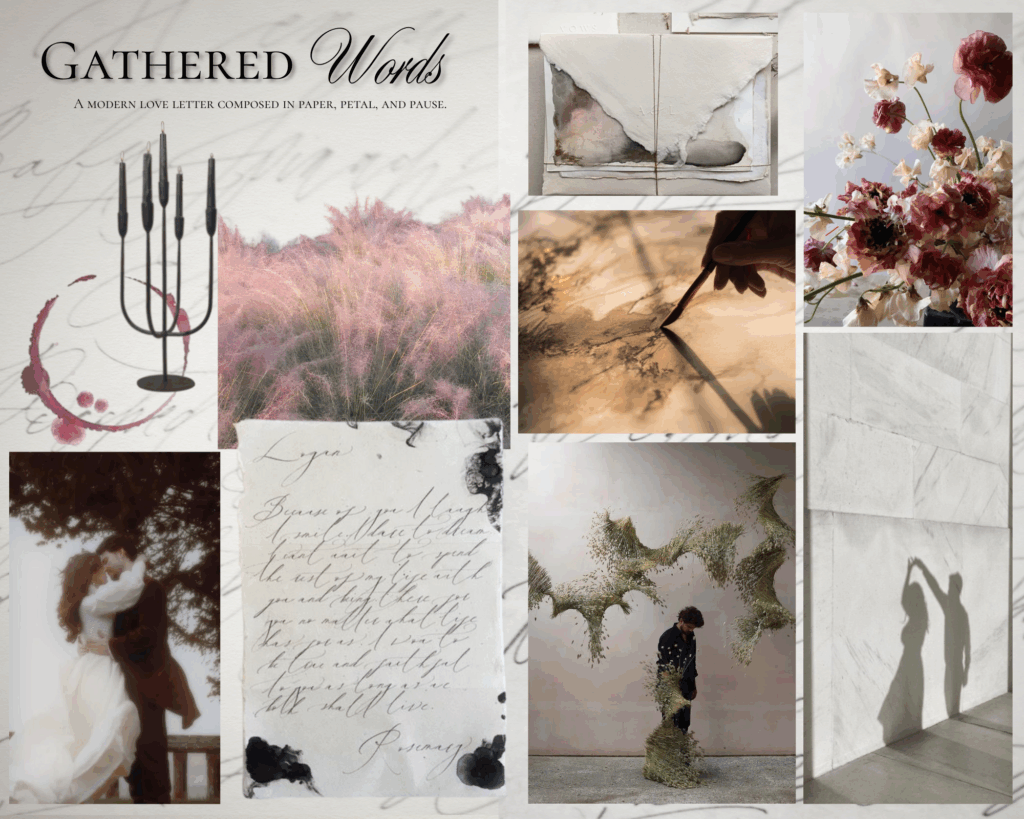
Step Three: The Design Deck
Only once the brief is set do we translate it into a design deck—a comprehensive visual guide that goes beyond aesthetic and into experience.
This is where the brief becomes granular. The design deck maps out the flow of your celebration, identifying anchoring visuals and signature elements that will mark each moment. It’s not just about what things look like; it’s about how design shapes the journey from ceremony to last dance.
Inside each design deck, we establish:
- Anchoring visuals that ground each part of the day (the ceremony backdrop, the reception entrance, signature installations)
- Signature elements that create visual continuity (a specific floral motif, a material that repeats, lighting that evolves)
- Experiential moments where design becomes interactive (escort card displays guests want to photograph, installations that surprise)
- Flow and transitions that ensure the design story unfolds intentionally from one moment to the next
For example, our Gathered Words editorial didn’t just feature calligraphy—it was the main character. The design deck mapped how that element would appear and evolve: scrolls cascading overhead at the ceremony, handwritten letters at every place setting, a live calligrapher as entertainment. Each iteration intentional, each placement considered.
The design deck is where vision becomes a plan. It ensures that when your florist, stationer, lighting team, and venue collaborate, they’re not just executing tasks—they’re building a world together.
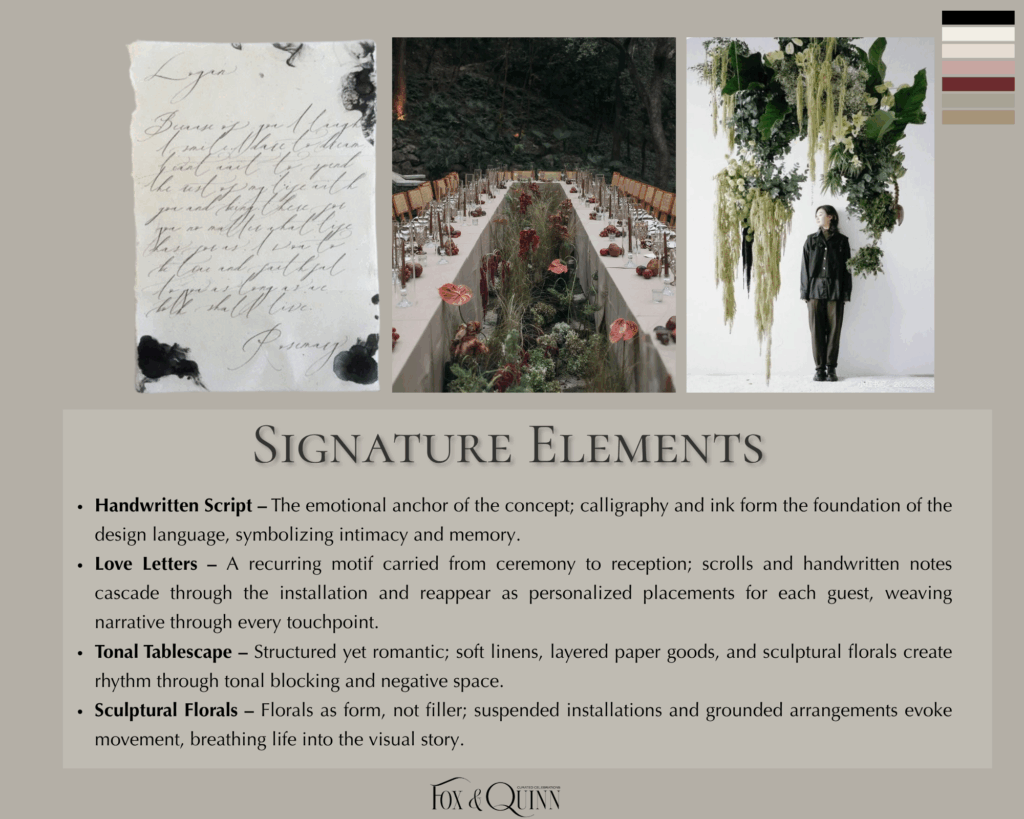
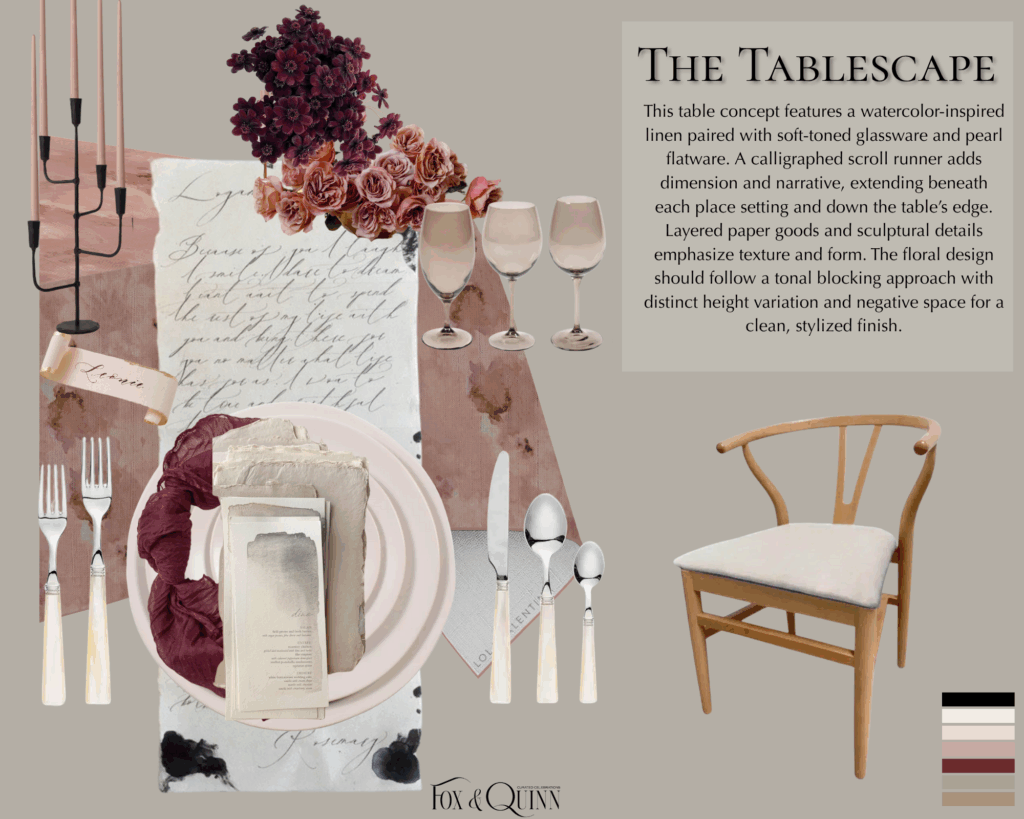
Step Four: Full Design Execution
With the brief and design deck aligned, the real work begins: translating vision into reality.
This is where full service wedding planning becomes tangible. We source every vendor and design element with your brief as our guide, ensuring each choice ladders back to the world we’re building together.
Our execution includes:
- Vendor sourcing and coordination — selecting florists, stationers, rental companies, and lighting designers who understand the brief and can execute at the level your celebration demands
- Digital mockups — visualizing key moments before they’re built (table settings, ceremony installations, lighting scenarios) so there are no surprises, only refinements
- Custom sourcing — finding or creating signature elements that can’t be rented off a standard inventory list
- Timeline planning — choreographing not just logistics, but the experience: when guests first see a signature installation, how lighting shifts as day turns to evening, when a surprise moment unfolds
Every vendor receives the design brief and deck. This ensures the florist, stationer, lighting team, and venue aren’t just working in parallel—they’re speaking the same design language, building toward the same emotional outcome.
It’s the difference between collecting beautiful things and composing a cohesive experience.
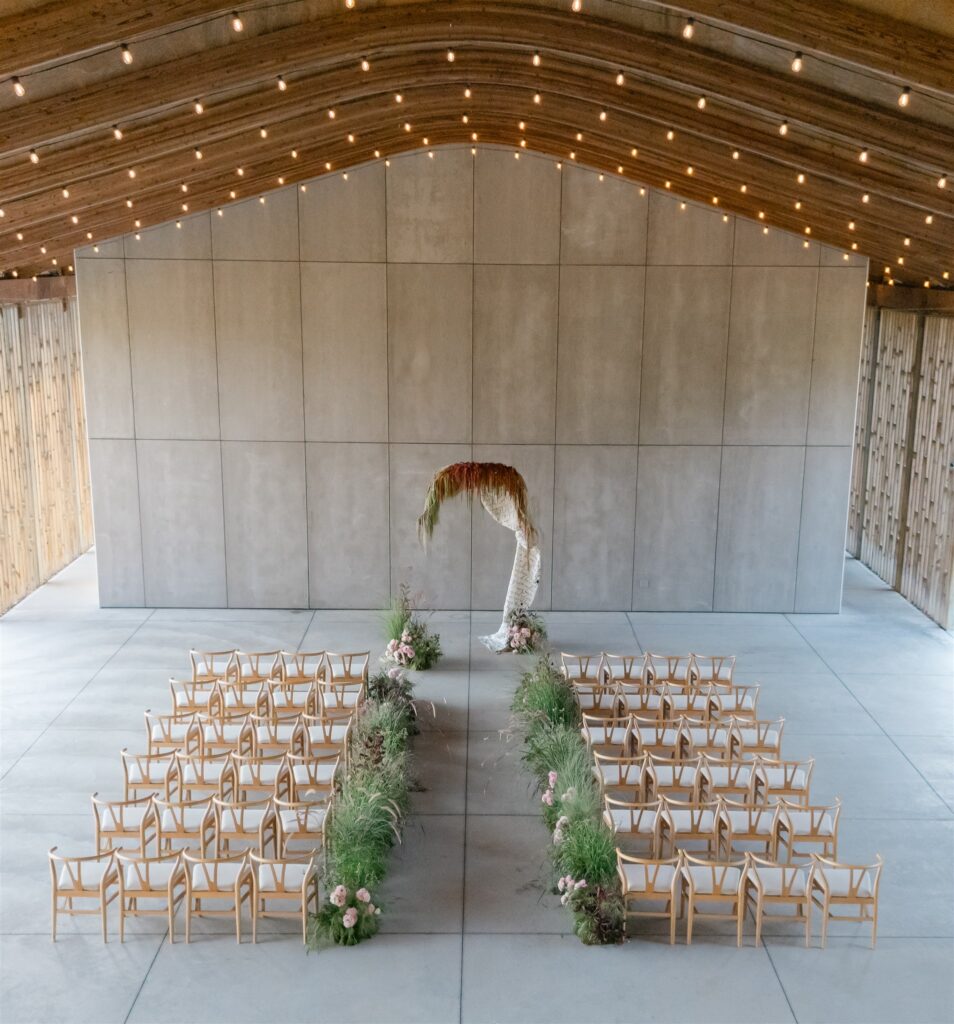
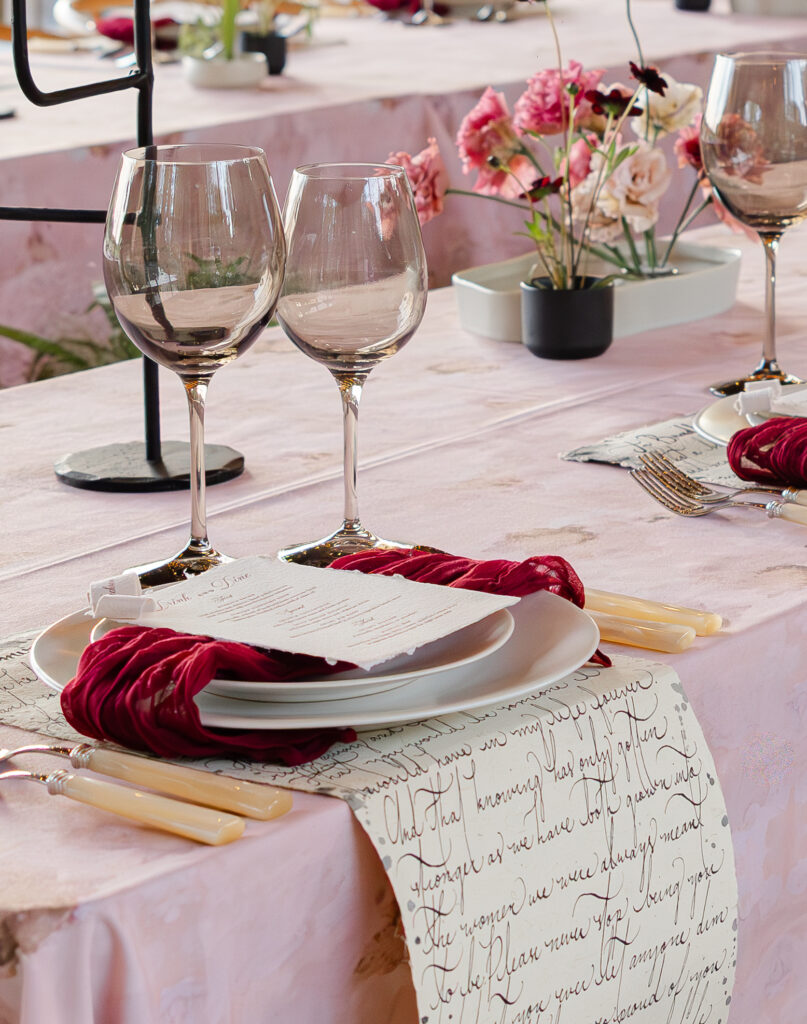
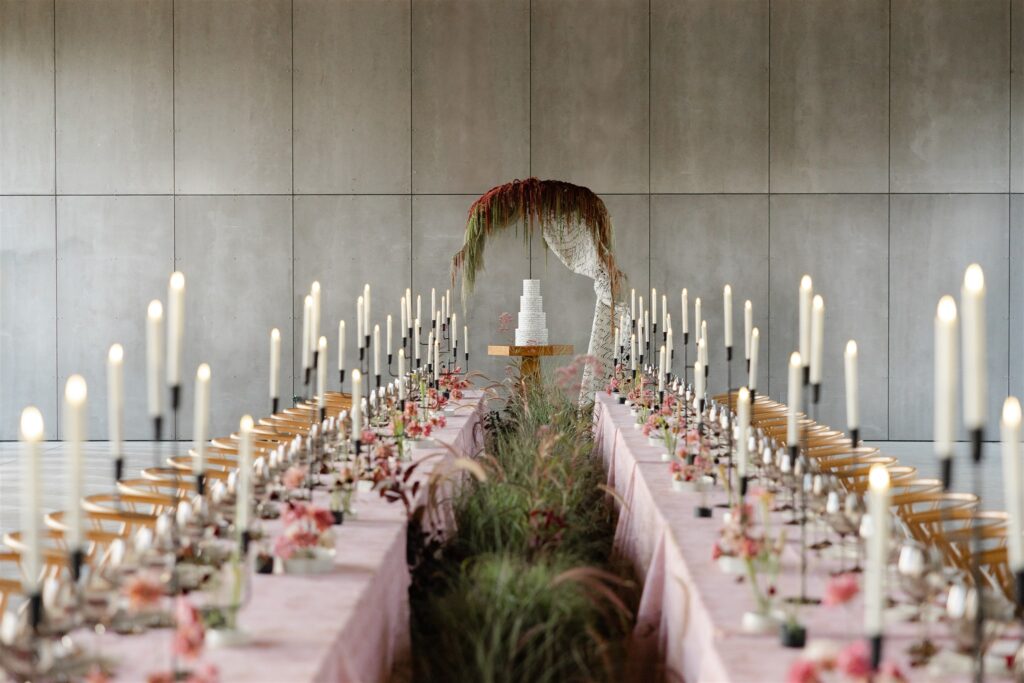
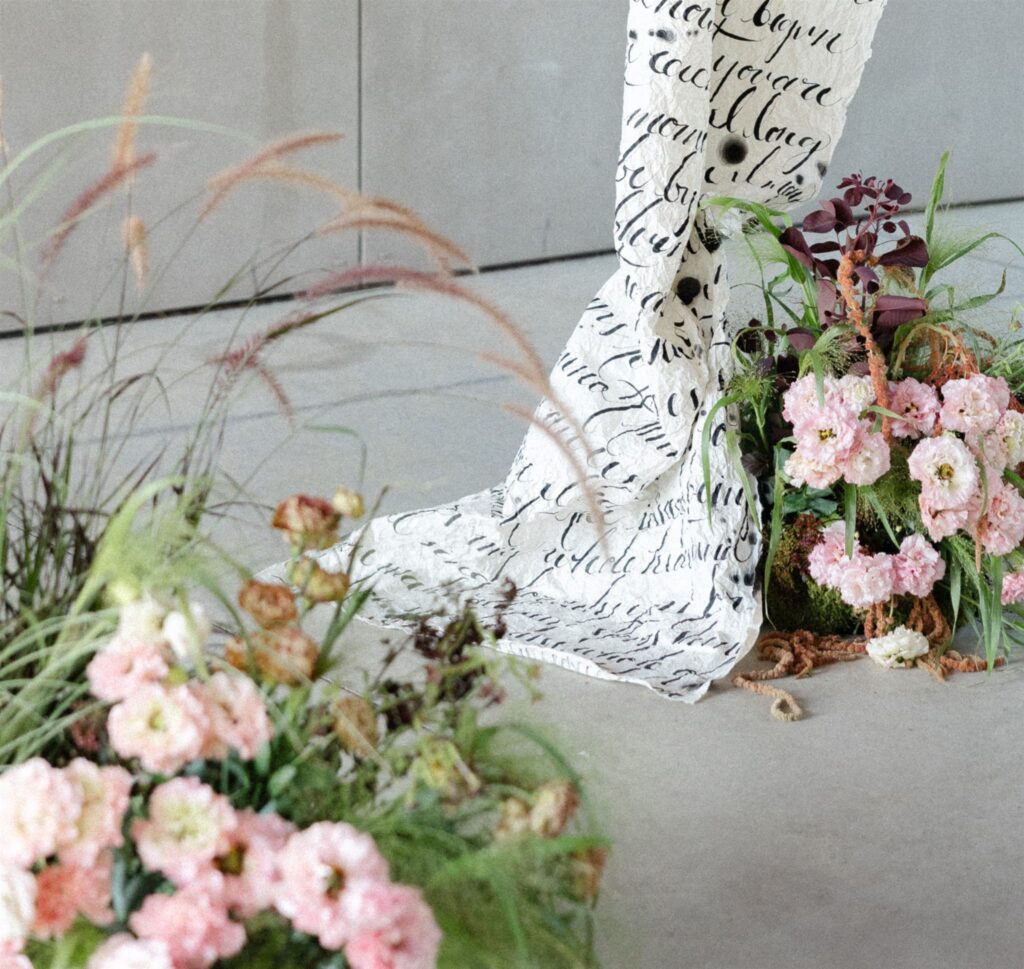
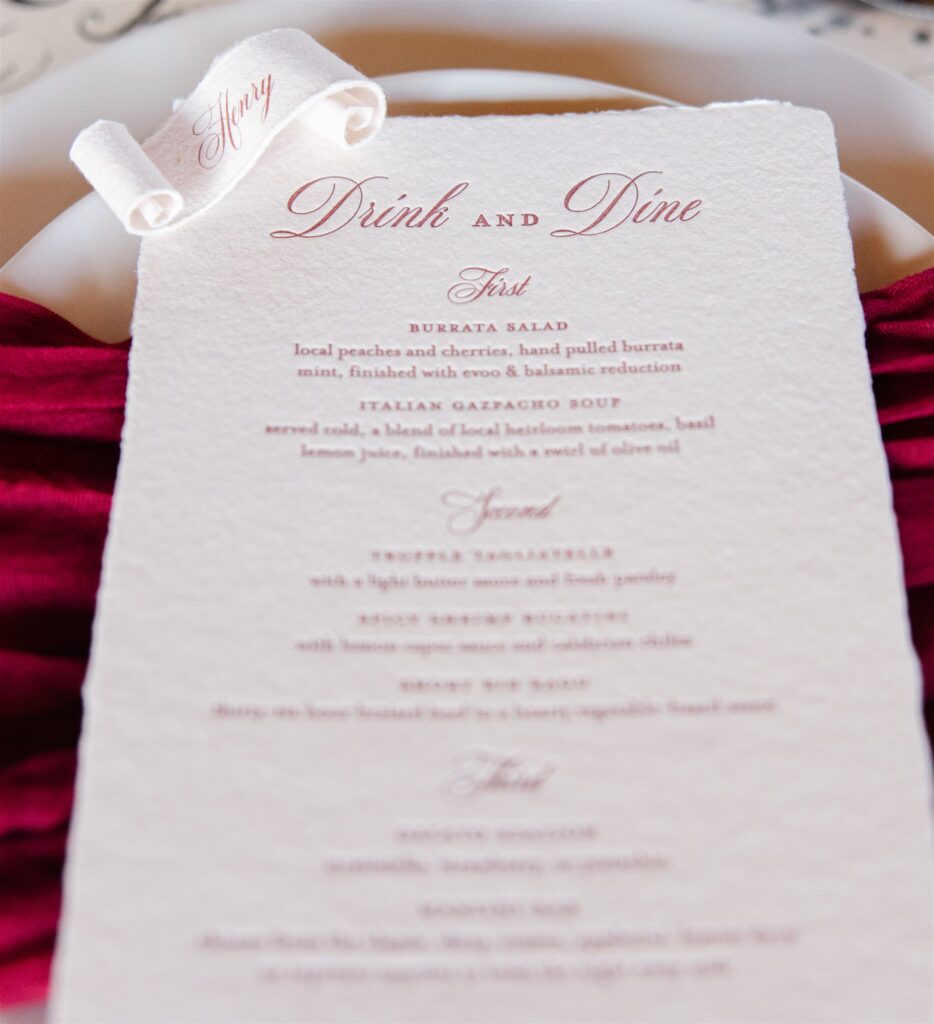
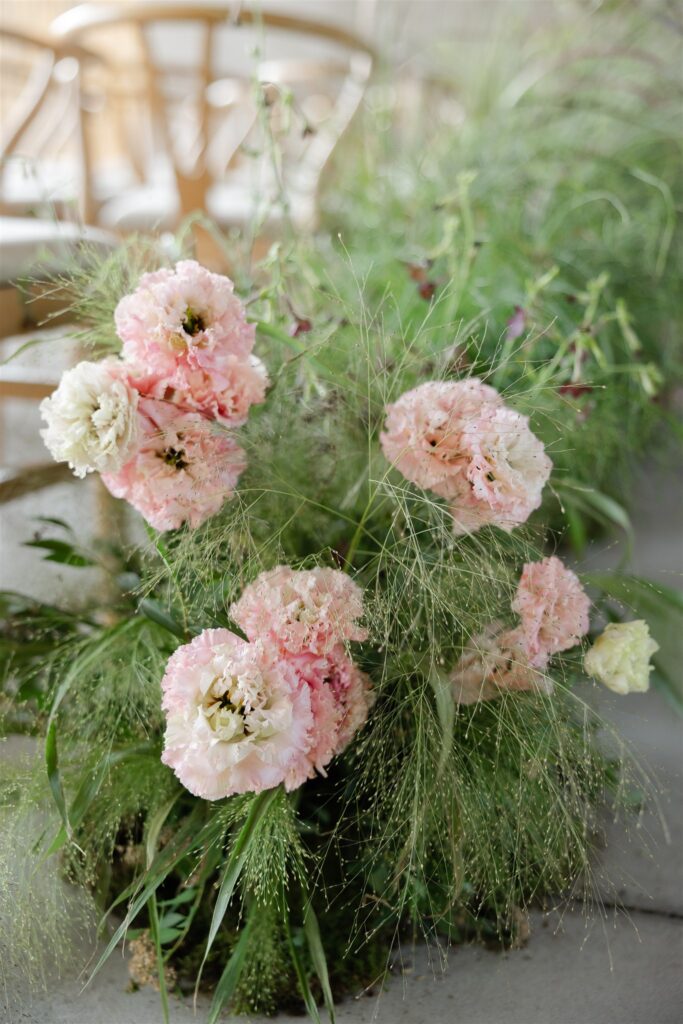
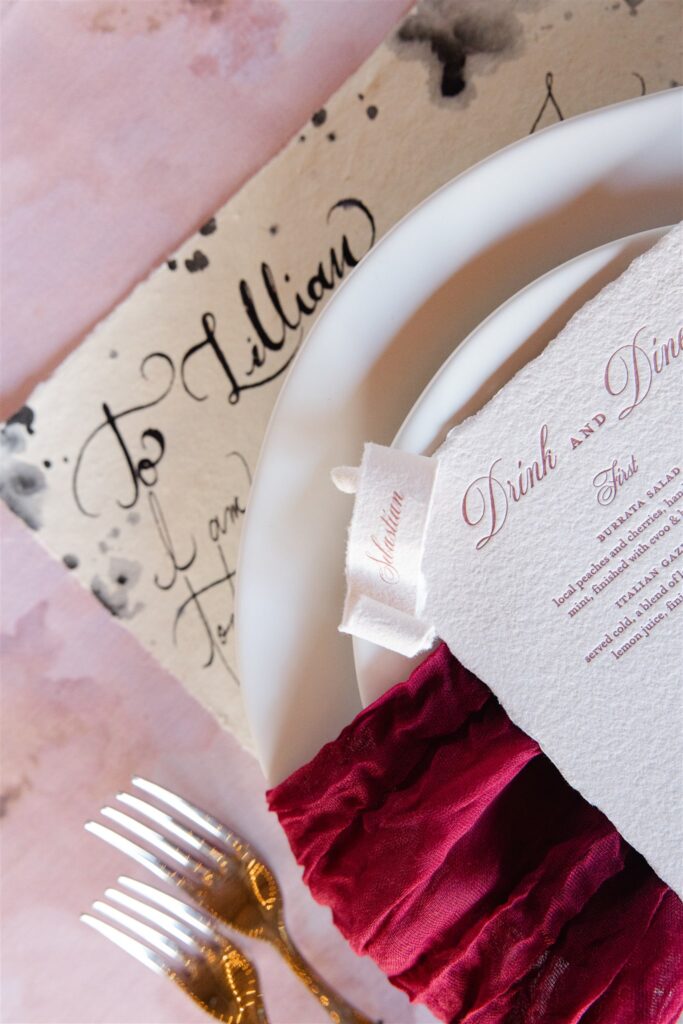
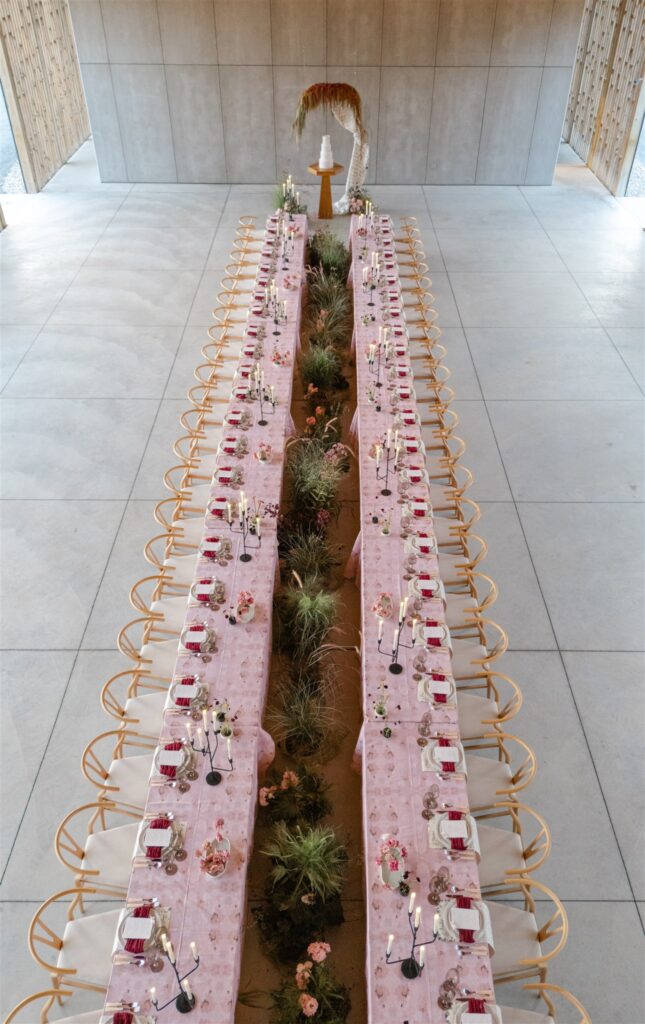

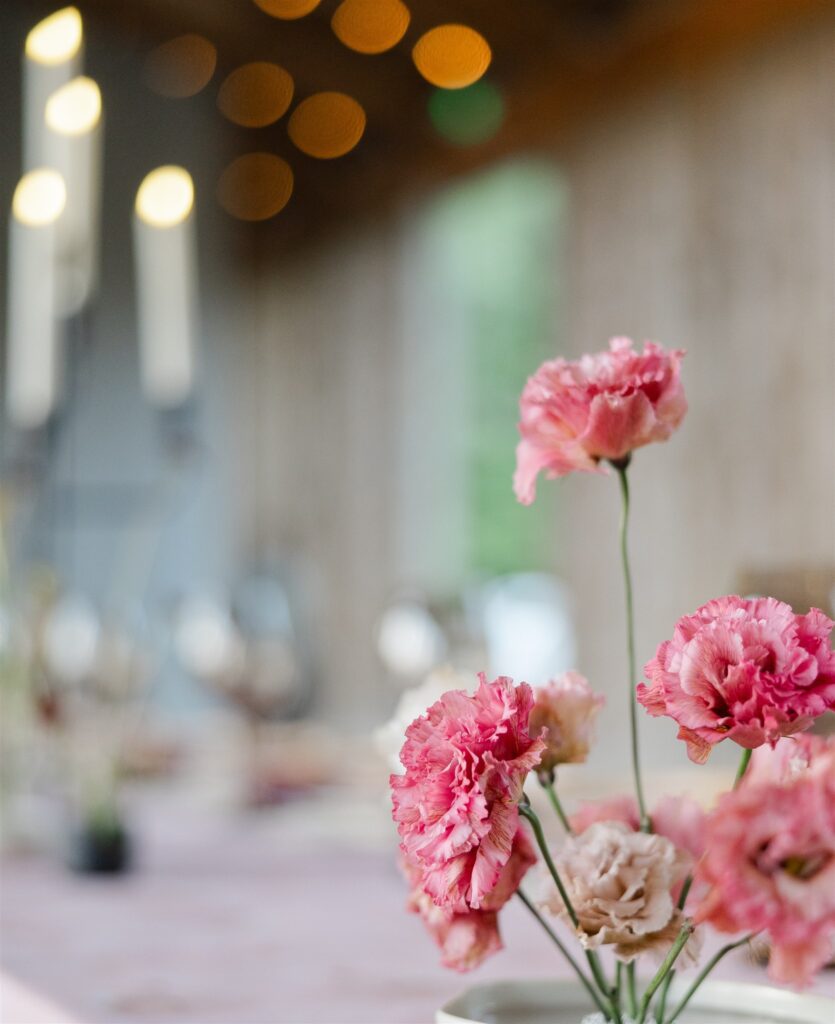
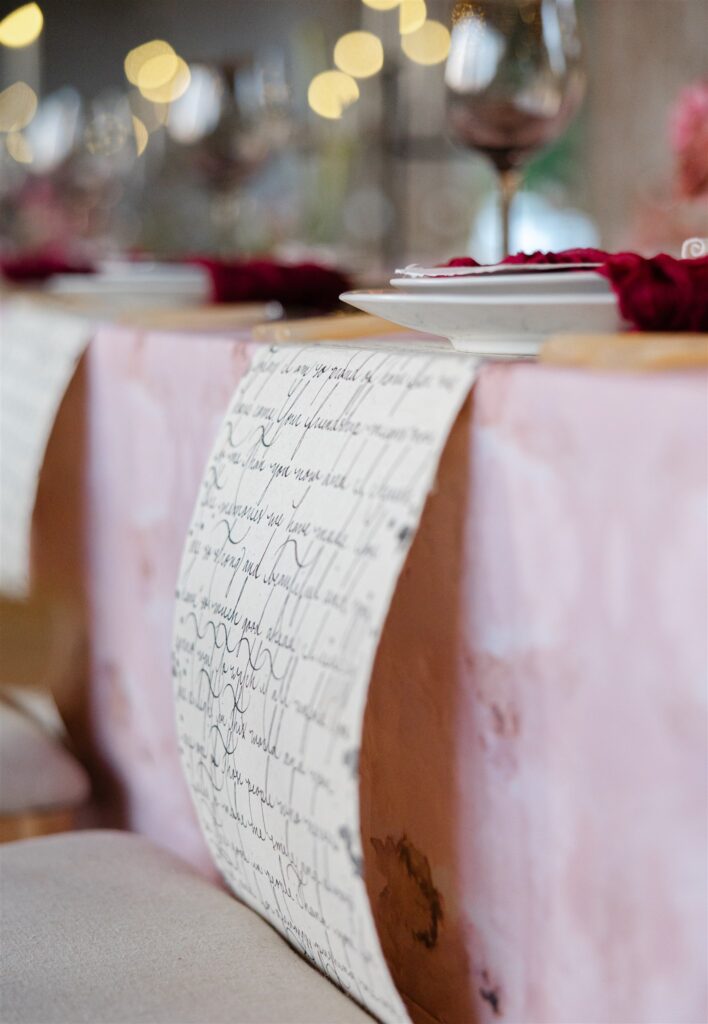
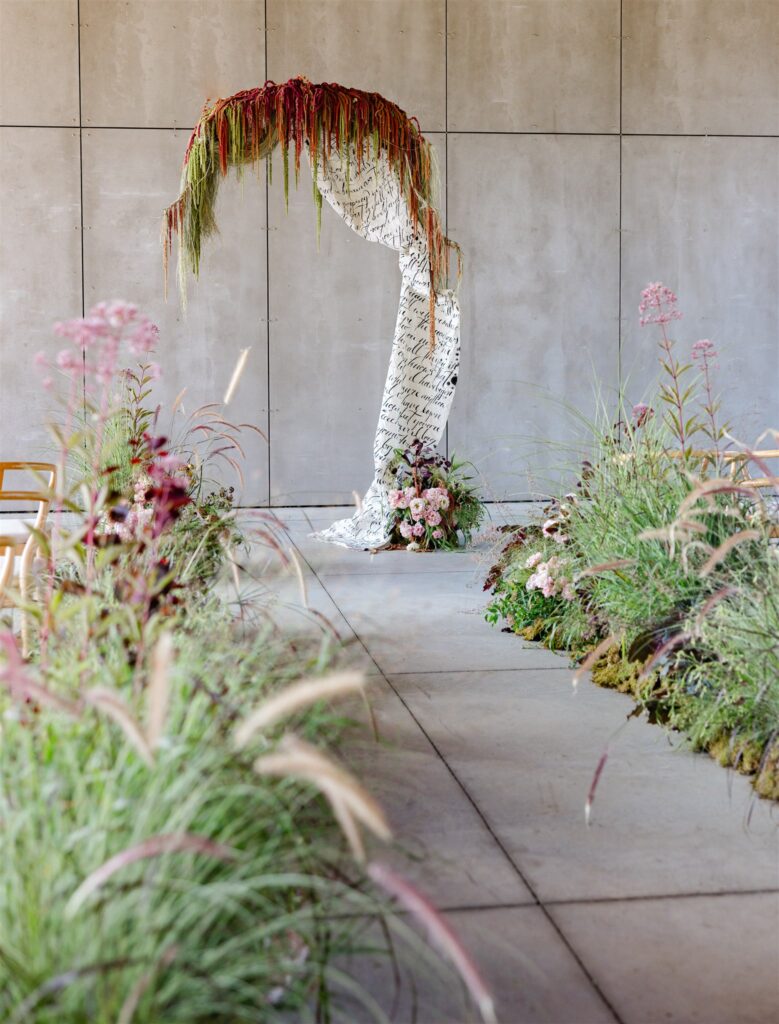
Step Five: Why Our Wedding Planning Process Creates Cohesion
With the brief, design deck, and execution aligned, what emerges is a wedding that feels intentional from the first moment to the last.
This is what sets full service wedding planning apart: it’s not about managing vendors or checking boxes. It’s about ensuring every decision—from the weight of your invitation to the way candlelight moves across your reception—speaks the same visual language.
We often compare it to the feeling of walking into the perfect boutique hotel. You step through the doors and immediately think: yes, I picked right. The design is stylish, but the energy is what makes it unforgettable. That’s what our wedding planning process protects—the marriage of design and feel.
Without a brief guiding the way, weddings can slip into imitation or feel disjointed. With our process, couples gain clarity, confidence, and cohesion. Every choice is guided by intention, not impulse or trends.
The result? A wedding that doesn’t just photograph beautifully—it resonates. Stylish, yes. But also deeply personal, immersive, and timeless.
This is how to plan a wedding design that feels like yours, and only yours.
The Fox & Quinn Signature
At Fox & Quinn, full service wedding planning always begins with a design brief. It’s how we ensure innovation never loses its romance, and style is always matched with soul.
Explore how our wedding planning process can transform your ideas into a beautiful reality.
Read More About Why We Think Style is Storytelling
Vendor Love
- Venue: Gather Greene
- Photographer: Tay Tesvich Photo
- Video & Super 8: Bridges Cinema
- Floral: Lilysh Design
- Rentals: Peak Event Services
- Customer Calligraphy Artist: Ellarts__
- HUMA: Bridal by Alexandria
- Stationary: Merci Studio
- Linens: Lola Valentina Designs
- Chef & Food Styling: Golden Child Foods
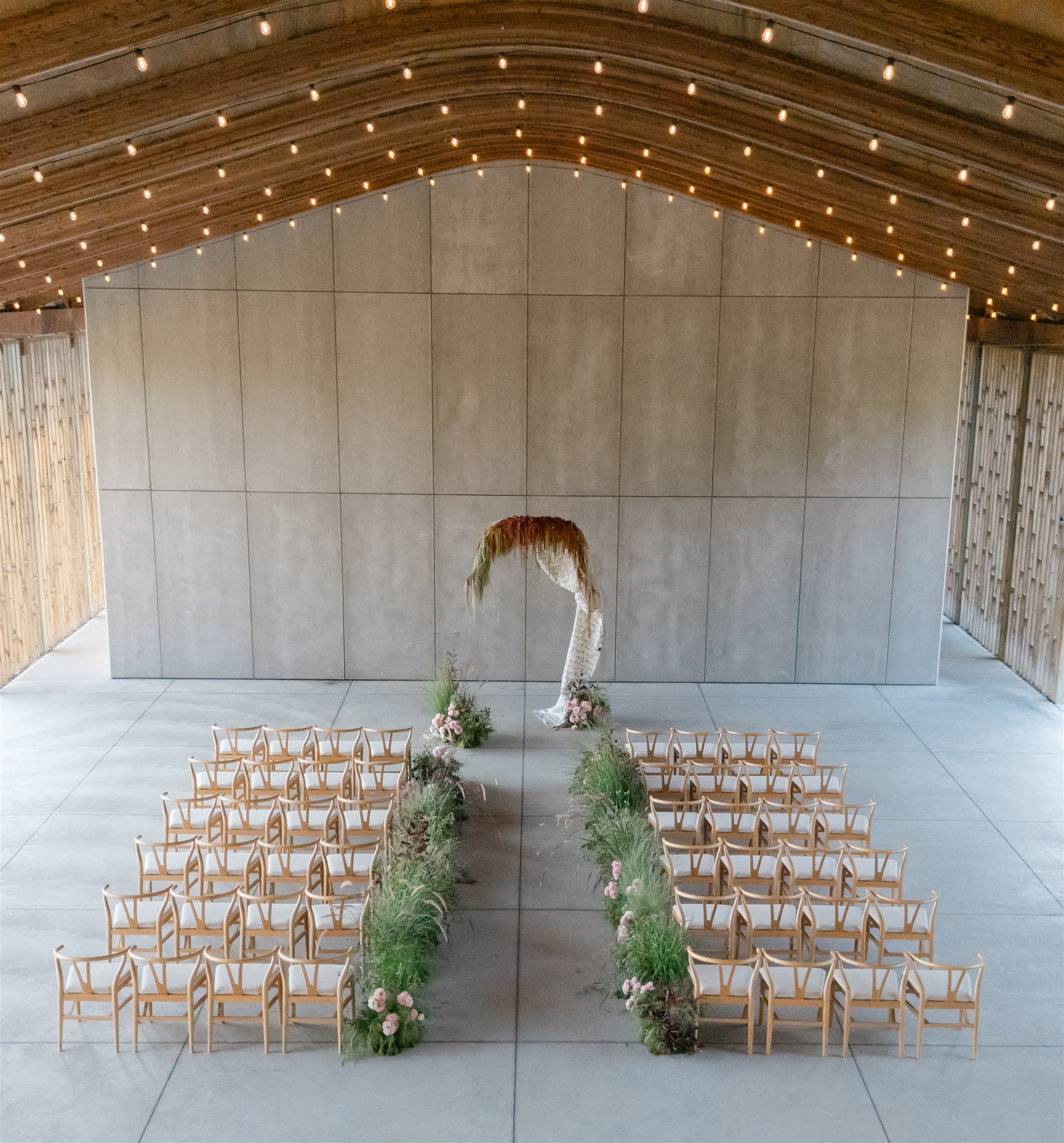
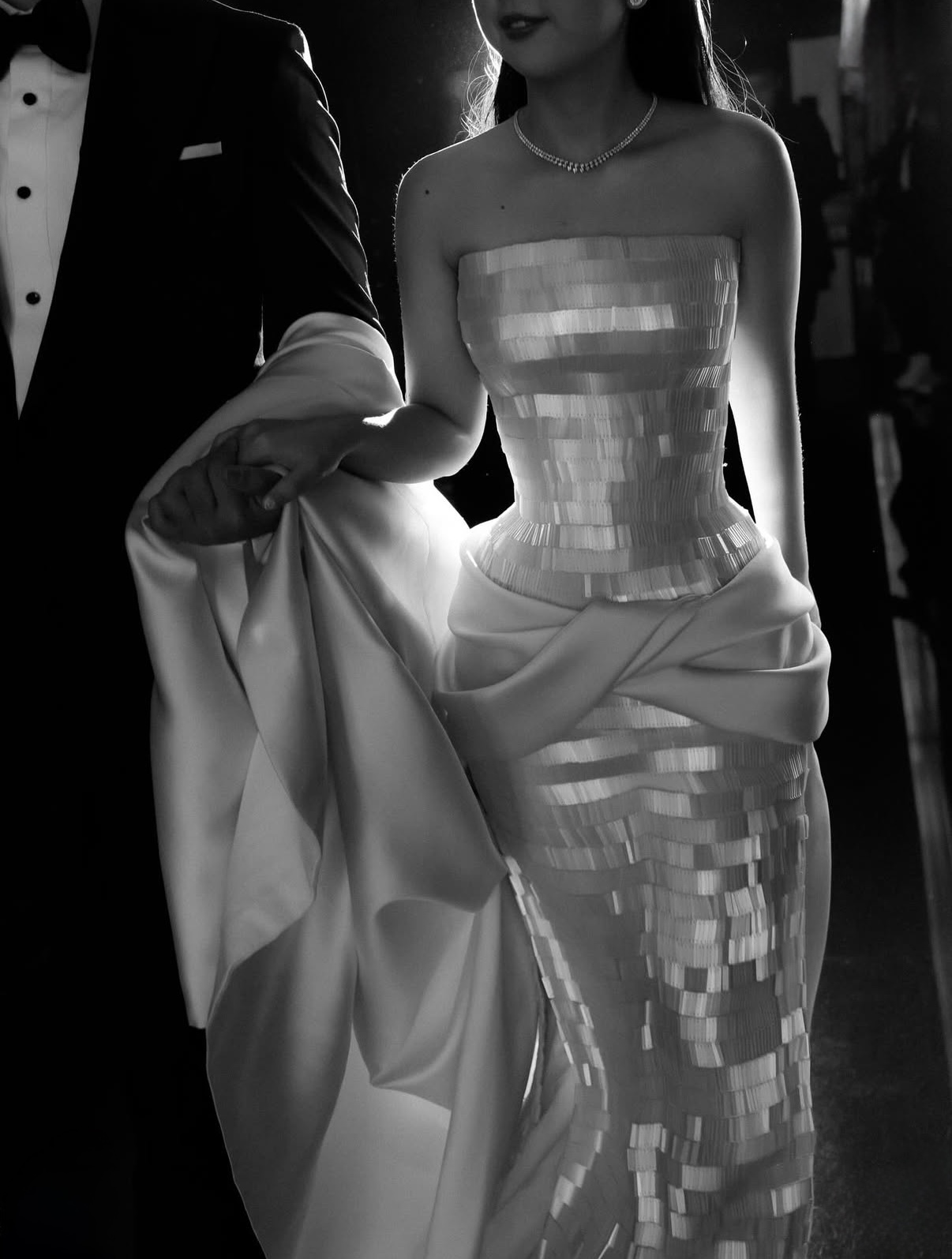
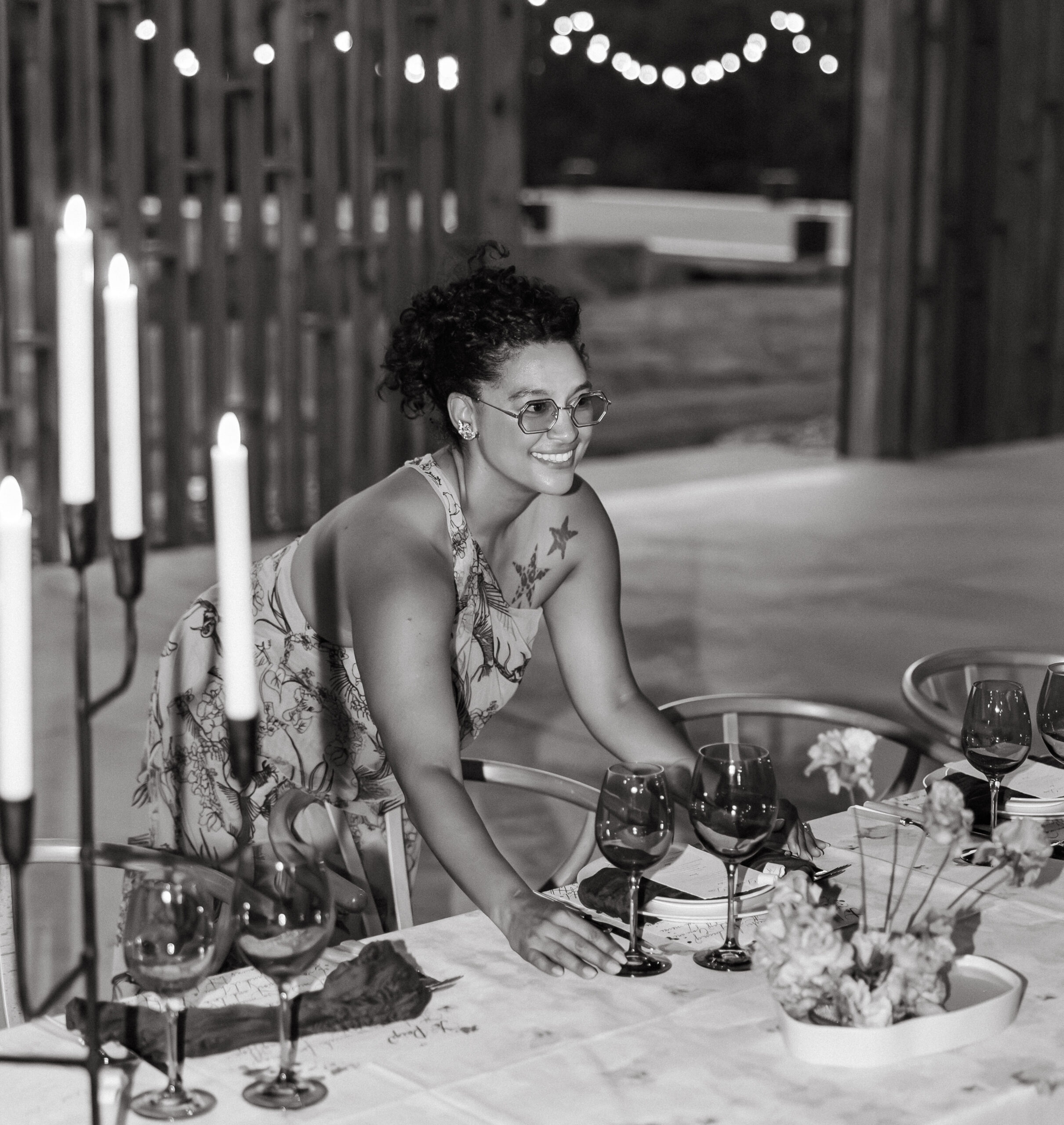
Comments +